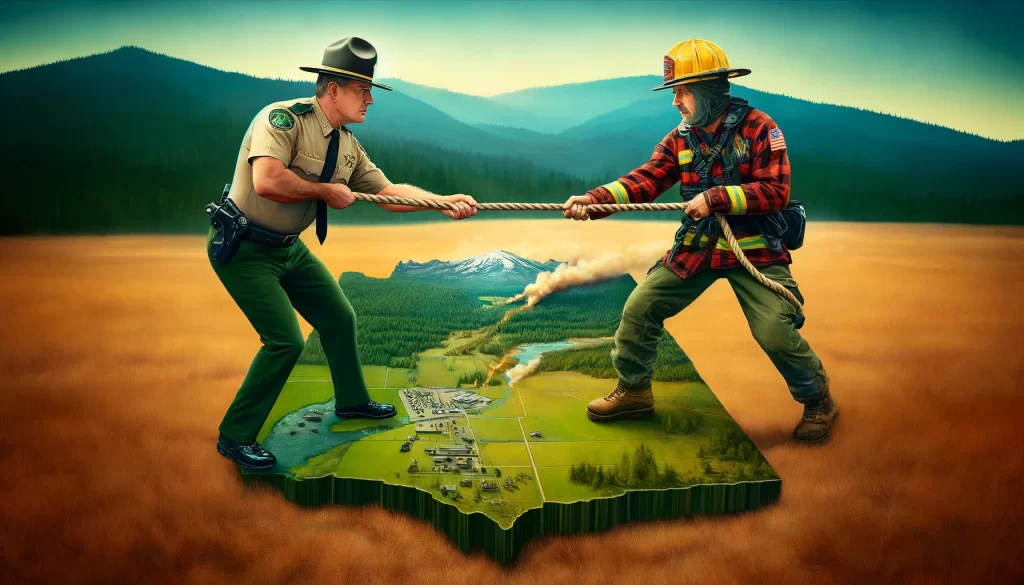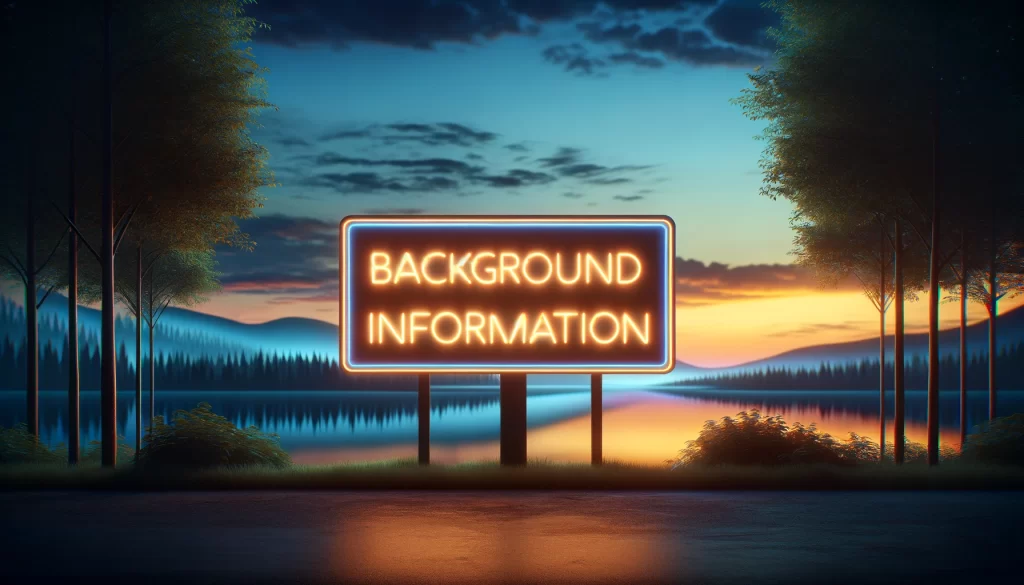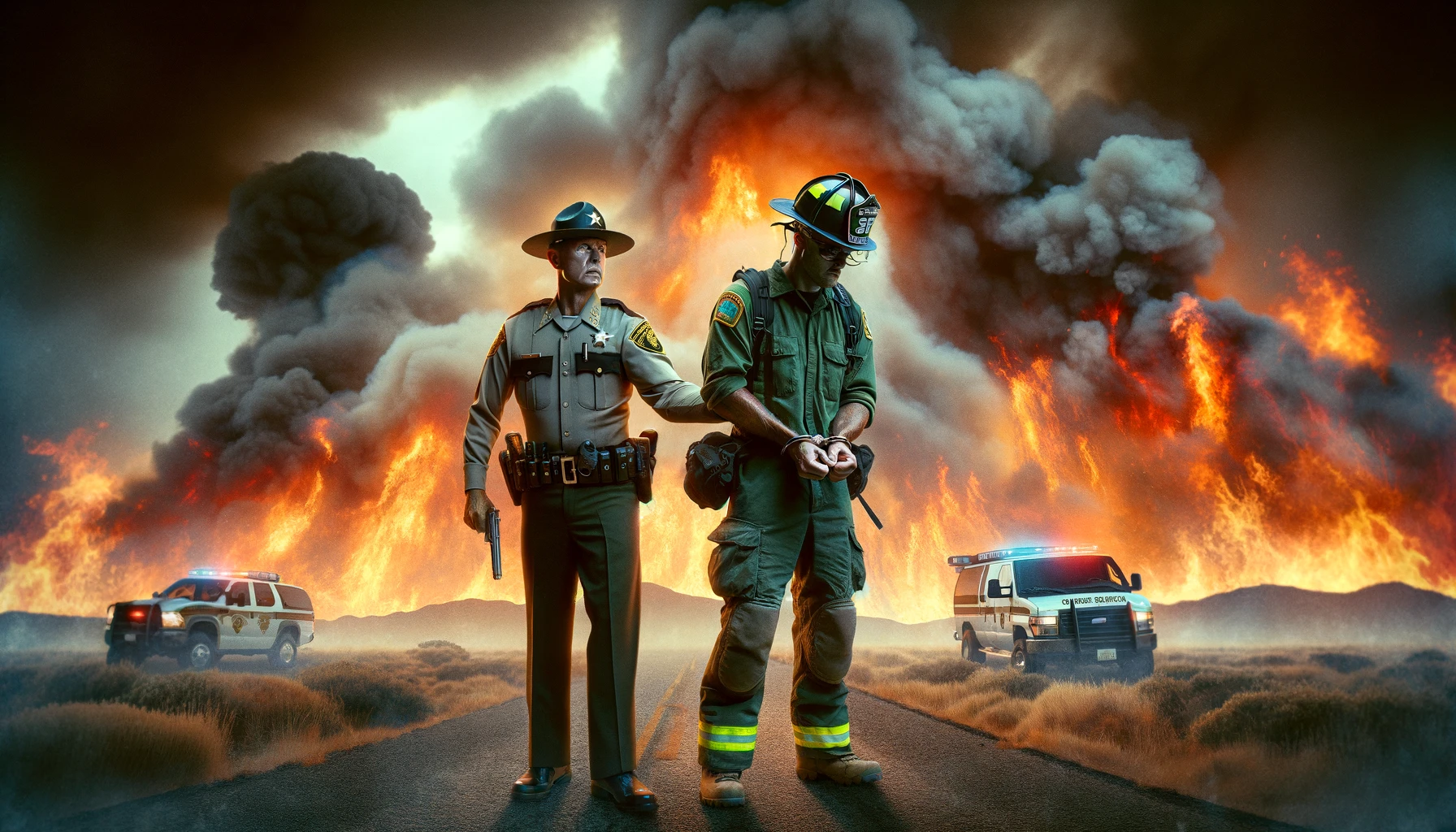A federal firefighter’s arrest by a county sheriff in Eastern Oregon has gripped the attention of the nation, highlighting the deep-rooted tensions between rural communities and federal authorities. This is the story of Ricky Snodgrass, a federal wildland firefighter, whose duty to manage and control fires led him into a whirlwind of controversy and legal battles.
The Incident That Sparked Controversy
Ricky Snodgrass was part of a team from the U.S. Forest Service tasked with conducting a controlled burn—a crucial method used to prevent larger, uncontrollable wildfires by intentionally setting and managing smaller fires. However, in the fall of 2022, what was meant to be a routine fire management operation turned into a legal dilemma when the controlled burn unexpectedly spread onto private property, burning around 20 acres.
This incident led to Snodgrass’s arrest on charges of reckless burning by the sheriff of Grant County, a move that stunned many, given the unpredictable nature of fire and the protections usually afforded to federal employees performing their duties. Max Alonzo, a voice for federal workers and a former U.S. Forest Service employee, provided a stark account of the day’s events, saying, “They were swerving in and out of the road. They were acting like they were going to hit people that were trying to perform this prescribed fire.” This chaos on the roads, as landowners reportedly tried to disrupt the operation, culminated in Snodgrass calling the police for help—only to find himself handcuffed and arrested upon their arrival.
A Legal Battle Amidst Federal and Local Tensions
The arrest of Snodgrass brought to the forefront the ongoing tension between federal employees and local authorities. With the support of the Department of Justice, Snodgrass’s legal team sought to delay his trial while attempting to move the case to federal court, where it was hoped the charges might be dismissed. This legal maneuver underscores the protections that are supposed to shield federal employees like Snodgrass, who find themselves in contentious situations while carrying out their duties. “There are federal protections for federal employees doing their jobs,” Max Alonzo emphasized, pointing out the unusual nature of the arrest.

The Bigger Picture: Federal vs. Local Dynamics
The case of Ricky Snodgrass is not just about a controlled burn gone awry; it’s a microcosm of the larger, more complex relationship between rural communities in eastern Oregon and federal authorities. This region, like much of the rural West, harbors a history of mistrust towards the federal government, stemming largely from disputes over land management and environmental policies.
The roots of this tension can be traced back to economic changes in the 1990s, when restrictions on logging significantly impacted local economies and livelihoods. This history of economic frustration has simmered for decades, occasionally boiling over, as seen in the 2016 armed occupation of the Malheur National Wildlife Refuge—a stark example of the extreme measures some locals have taken to express their discontent with federal oversight.
Despite these tensions, community leaders like Scott Myers, the Grant County judge and chief executive officer, argue that the situation is often misunderstood. “We get labeled a lot to be a whole bunch of gun totin’, pickup driving crazy maniacs out here, and I don’t really think we are,” Myers says, highlighting the complexities of community-federal relationships.
Implications
The legal ordeal faced by Ricky Snodgrass is expected to significantly discourage other federal wildland firefighters working in the rural West. A decision on the Snodgrass arrest case is expected in months.
This article is based on the following article:

Background Information
Understanding these concepts and contexts is crucial for comprehending the broader implications of Ricky Snodgrass’s arrest and the ongoing legal battle. These elements together paint a picture of the delicate balance between environmental management, legal authority, community interests, and the historical and cultural dynamics at play in regions like eastern Oregon.
Controlled Burns and Wildfire Management
Controlled Burns: Also known as prescribed fires, controlled burns are a method used by forest management professionals to reduce wildfire risk. By intentionally setting small fires under controlled conditions, they remove excess foliage, dead trees, and other materials that could fuel larger, uncontrolled wildfires. These burns are carefully planned and executed to minimize the risk of the fire spreading beyond its intended boundaries.
Wildfire Management: This term encompasses all the strategies and practices employed to prevent, combat, and mitigate the effects of wildfires. It includes controlled burns, firebreak creation, public education on fire safety, and the deployment of firefighters and equipment to suppress fires. Effective wildfire management is crucial for protecting forests, property, and lives.
Federal vs. Local Jurisdiction
Federal Lands: In the United States, federal lands are owned and managed by the federal government. Agencies like the U.S. Forest Service (part of the Department of Agriculture) and the Bureau of Land Management oversee these areas, which include national forests, parks, and wildlife refuges. Management practices on these lands often involve balancing environmental conservation with public access and resource use.
Local Authorities: Local authorities, including county sheriffs and municipal governments, have jurisdiction over lands not owned by the federal government. They enforce local laws and ordinances, and their responsibilities include protecting the safety and property of their communities.
Historical Context and Tensions
Economic Impacts of Environmental Policies: In regions like eastern Oregon, where the economy historically depended on natural resource extraction, including logging, federal environmental policies have sometimes led to economic hardship. Restrictions on logging, intended to protect ecosystems, have directly impacted local economies and employment.
Mistrust of Federal Government: The economic frustrations stemming from these policies have contributed to a mistrust of federal authorities in many rural communities. This mistrust is not solely about economic issues but also concerns about federal overreach and a desire for local control over land management decisions.
The Malheur National Wildlife Refuge Occupation: In 2016, a group of armed protesters occupied the Malheur National Wildlife Refuge in Oregon, drawing national attention. This event was a dramatic expression of the deep-seated tensions between some rural communities and the federal government. The occupiers protested federal land management policies and the imprisonment of two ranchers accused of setting fires on federal land.
The Role of Law Enforcement
Sheriffs and Federal Employees: Sheriffs are elected law enforcement officials with authority in their counties. While they typically enforce local and state laws, conflicts can arise when their actions intersect with federal operations, such as controlled burns on federal lands. The arrest of a federal employee by a local sheriff, as in Snodgrass’s case, is a rare and complex event that highlights the potential for conflict between different levels of government.

Debate/Essay Questions
- Should federal employees have immunity from local laws when performing duties related to national interests, such as wildfire prevention?
- Is it appropriate for local authorities to arrest federal employees for actions taken in the line of duty?
- Discuss how historical grievances, such as those stemming from logging restrictions, influence current attitudes and policies towards environmental management. How can understanding these historical contexts inform better policy-making and community engagement strategies today?
Please subscribe to Insight Fortnight, our biweekly newsletter!
